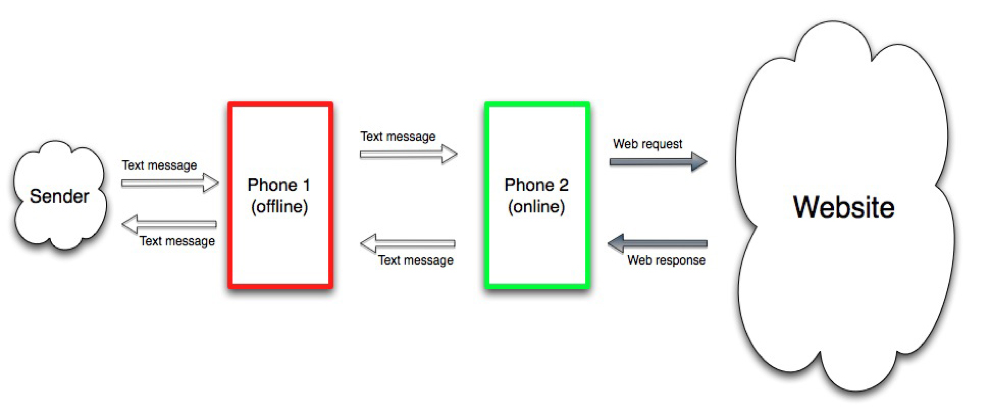March 16, 1976 – January 26, 2024
Born: March 16, 1976
Died: January 26, 2024
Swedish follows English
Erik Sundelöf, 47, passed away from colon cancer on January 26, at Hock Family Pavilion, Durham, N.C. Born in Uppsala, Sweden, Erik was a visionary in the tech world, blending his passion for innovation with a deep commitment to social change.
A graduate of the KTH Royal Institute of Technology with Ph.D. studies in numerical analysis and a master’s in chemical engineering, Erik’s journey led him from a Reuters fellowship at Stanford focusing on mobile reporting in conflict zones to pioneering roles in consumer and enterprise technology.
At AT&T Foundry, he contributed to projects like NumberSync and the D2 ICE program, setting new industry standards. He co-founded AllVoices.com and later HablaCentro Informatics LLC and NFP, focusing on digital literacy in Latin America alongside his spouse, Kara Andrade. He led a team working on Amazon Honeycode, three months before his final ride with cancer. He was a mentor, advisor, and advocate to many.
After moving to Durham in 2020 to be with wife and dogs, he set roots down, planting trees, cycling and spending time with family and friends.
He was preceded in death by his father, Lars-Olof Sundelöf, and is survived by his mother Kristina, brothers Johan and Martin, and sister, Sofia, and his wife, Kara, as well as many nieces and nephews and his loyal shepherd, Oso. A green burial will take place on March 15 at BlueStem Cemetery, Cedar Grove, N.C. Donations to HablaCentro Informatics NFP.
For posting messages and notes, please see the Guest Book page.
Erik Sundelöf
16 mars 1976 – 26 januari 2024
Född: 16 mars 1976
Död: 26 januari 2024
Erik Sundelöf, Durham, North Carolina, USA, har avlidit den 26 Januari vid 47 års ålder efter en lång tids sjukdom. Erik som var född i Uppsala, var en visionär inom teknikvärlden och han kombinerade sin passion för innovation med ett djupt engagemang för social förändring.
Efter civilingenjörsexamen i Teknisk Kemi och doktorandstudier i Numerisk Analys vid Kungliga Tekniska Högskolan fortsatte Eriks resa via ett Reuters-stipendium till Stanford University. Där ledde hans fokus på mobilrapportering i konfliktzoner till banbrytande roller inom konsument- och företagsteknologi.
Vid AT&T Foundry bidrog han till projekt som NumberSync och D2 ICE och införde nya industristandarder. Han startade AllVoices.com och senare, tillsammans med sin hustru Kara Andrade, HablaCentro Informatics LLC och NFP som fokuserade på att sprida digital kompetens i Latinamerika. Han ledde ett team som arbetade på Amazon Honeycode fram till tre månader innan hans sista kamp mot tjocktarmscancern. Han var en mentor, rådgivare och förespråkare för många.
År 2020 flyttade han till sin fru och sina hundar i Durham. Där rotade han sig, planterade träd, cyklade och umgicks med familj och vänner.
Han föregicks i döden av sin far, Lars-Olof Sundelöf, och hans närmaste är mamma Kristina, bröderna Johan och Martin, systern Sofia, och hustrun Kara, samt många syskonbarn och hans lojala vallhund Oso. Begravningen äger rum den 15 mars på BlueStem Cemetery, Cedar Grove, N.C. Donationer till HablaCentro Informatics NFP mottages tacksamt.

